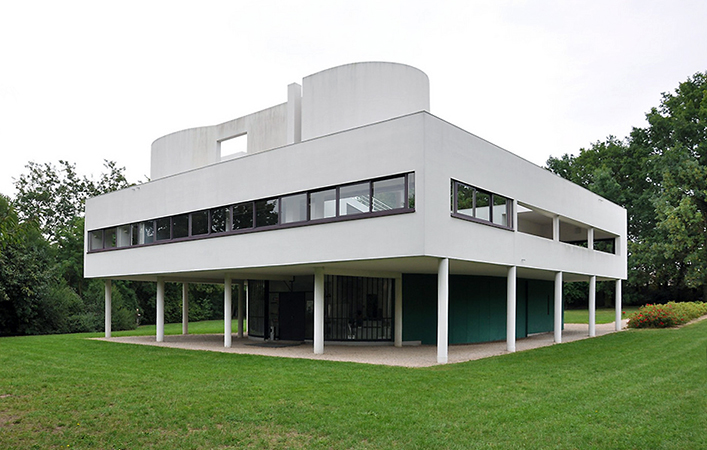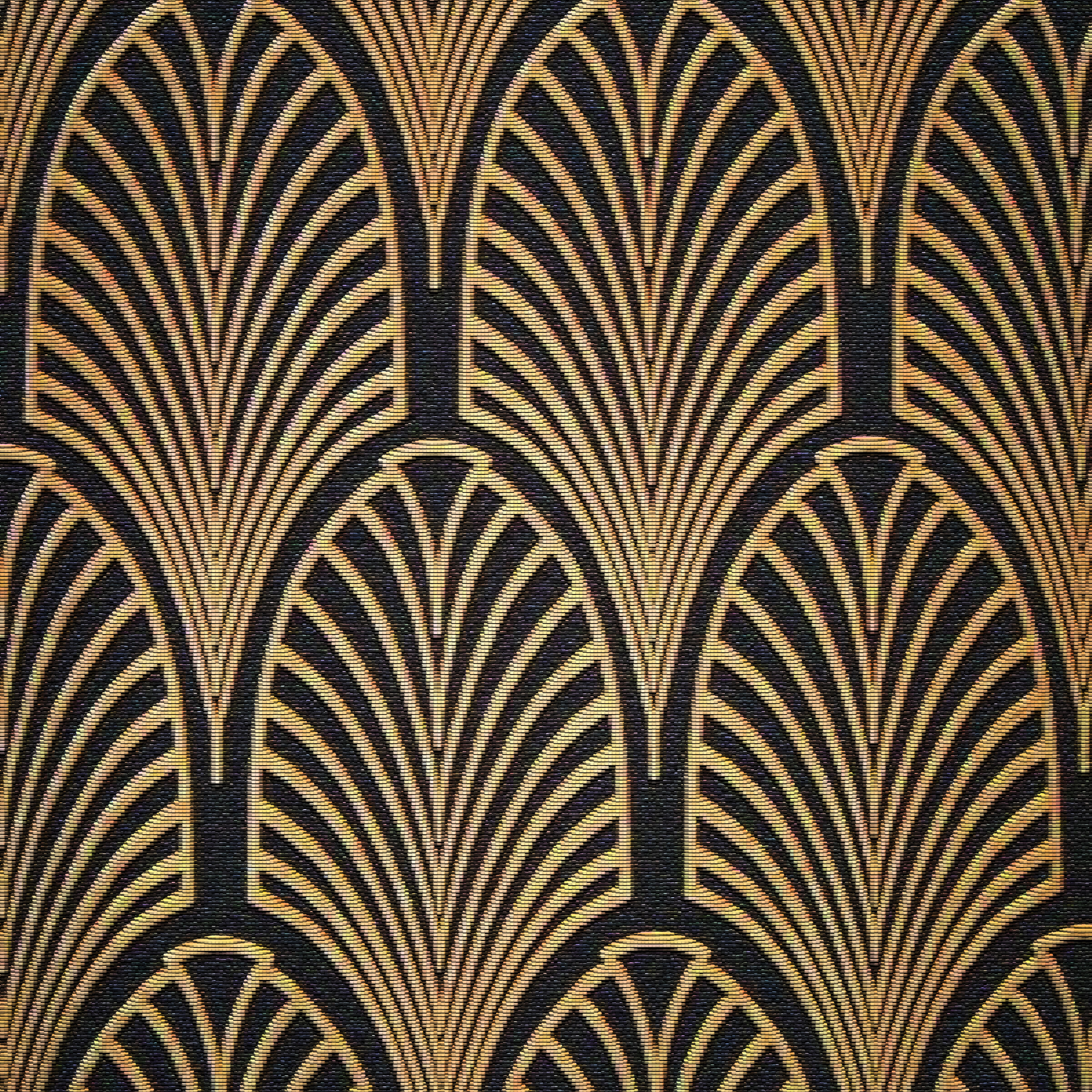Task 4 – Essay
Sue Mifsud Ceramics
Inspiration for Sue Mifsud is not fixed on one thing, it comes from various sources but as she told me, they are rarely directly visual, inspiration is all around us and she is inspired by events, news, words and people that help her create an image for herself and her art. You can see that aesthetics play a major role in Sue’s work, but that’s not the only thing that she incorporates in her work, but also many of her personal stories and experiences are also fed into the surface textures, form and treatment of the clay. Her work is an autobiographical but in a very subtle dose. The work of Sue is aesthetically strong, but there is still a balance in functionality and appearance.
Her work includes every technique there is to learn in ceramics such as throwing, hand building, slab work, molding, extruding, under glazing, glazing, on glazing, sgraffito, Sue lovers to include all features in her ceramic pieces. Being restricted to one particular technique is not her thing, so she tries not to restrict herself from anything and loves to work in many methods because it gives her a wider understanding of the material.
Sue prefers to work in traditional way, now a day we are to quickly dismissing traditional making methods for novelty ideas that we forget the traditional ways. Sue believes that traditional working methods not only provide her a greater sense of satisfaction and achievement but the final products has all the characteristics of a handmade unique item that cannot be replicated by machinery including of fine prints, variations in form and colour that give the piece of work its soul.
As I was interviewing Sue I realized that Sue’s work is a good example of craftsmanship. This reminds me of the arts and craft movement. She has studied and experimented with clay for a very long time that she has perfected the skill and creates work that is done with great knowledge and excellence.
The Art Nouveau has had a strong influence on Sue’s work, this is because The Art Nouveau movement is known to give a high level of attention to detail that starts from the architecture and goes on to the forks on the dining table with everything being designed in complete harmony, like many of Sue’s work. Inspirational characteristics also show in some of her collection such as her latest work that was created exclusively for a restaurant in Valletta called the ‘’Black Pig’’. This collection of bowls includes a lot of repetitive flowing lines and curves.
As I spoke to Sue she told me that over the last century the fundamental differences of ceramics seem to be steady and rise in studio ceramics can be noticed. We can still find many ceramists working on heavily textured work and stressed glazes and also those that produce very delicate, minimalistic pieces. We can say that Facebook and social media has added a new platform for the exchanging of ceramic ideas and other arts.
Another movement that has a strong influence on Sue’s work is the Organic design movement, this is because her work includes a lot of natural elements such as delicate forms that are manipulated by hand, smooth lines and powerful curves with different textures which some of them are created naturally, natural materials (clay) and colours. Her work just gives a strong and beautiful impression of nature.

Bowls for Black Pig restaurant

Latest work's of Sue featuring different textures

''Rough stuff - stretching the clay to the limit to get some fascinating organic surfaced''

Detail from the plates for Black Pig

Plant pot with Jungle Green glaze combination

Bowl with Fluid Glaze mark
Mifsud, S. (2016) Sue Mifsud ceramics. Available at: https://www.facebook.com/159438384121751/photos/a.160044557394467.40097.159438384121751/1046080348790879/?type=3 (Accessed: 29 May 2016).






































